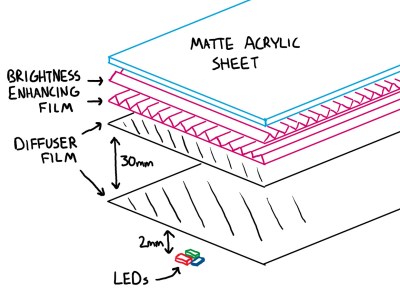It doesn’t matter if its a Vespa or a Peterbilt truck — if you ignore the maintenance needs of your vehicle, you do so at your own peril. But it can be difficult enough to keep track of basic oil changes, to say nothing of keeping records on what parts were changed when. Instead of cramming more receipts into your glove box, maybe give LubeLogger a try.
This free and open source software tool is designed to make it easy for individuals to keep track of both the routine maintenance needs of their vehicles, as well as keep track of any previous or upcoming repairs and upgrades. Released under the MIT license, LubeLogger is primarily distributed as a Docker image that makes it easy to self-host the tool should you wish to keep your data safe at home rather than on somebody’s server out in the Wild West of the modern Internet.
Continue reading “Keep Tabs On Your Vehicle’s Needs With LubeLogger”




















